No-Fail Instant Pot Beans
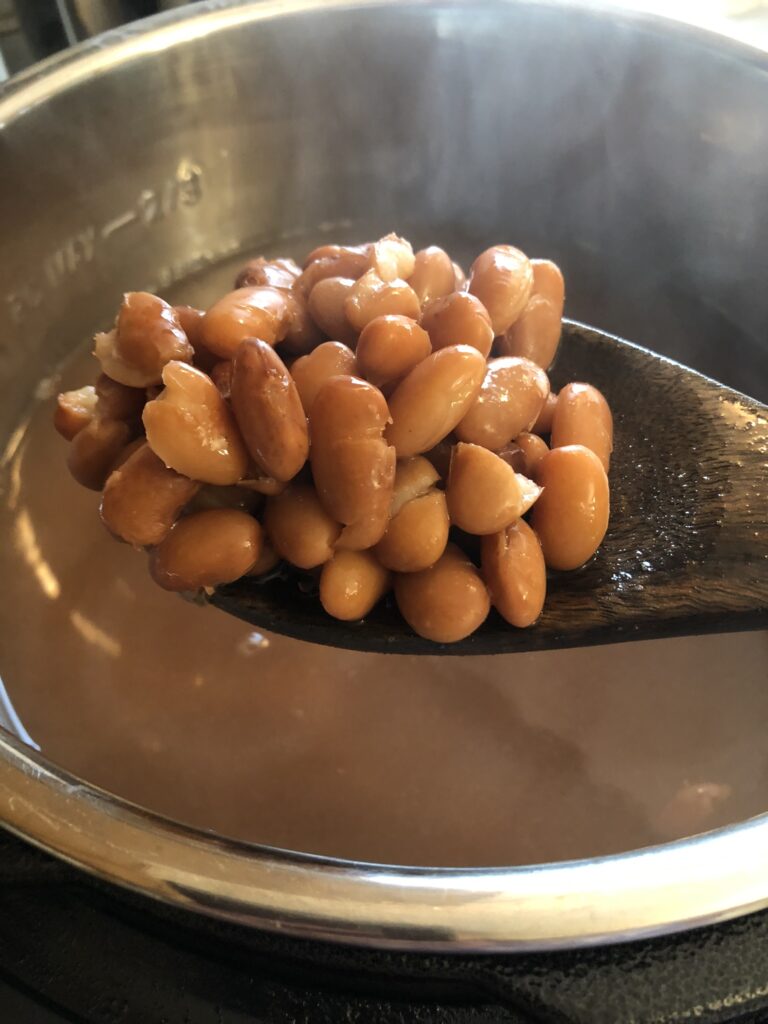
I like to think that I was on the Instant Pot train before it was a fad, but that’s not quite true, but only because my electric pressure cooker was a lesser known brand and didn’t have all the options that the newer models have. I was a young bride when my new friend, Joyce, heard me talking about how I missed using my mom’s stove top pressure cooker back home. I didn’t even know that electric pressure cookers existed until shortly after that conversation when she surprised me by gifting me one “just because”.
I used that thing for years, and it would have still been running strong, I’m sure, if it had not suffered some abuse at the hands of my little kitchen helpers, which affected the sealing quality – kind of an essential part of a pressure cooker. I limped it along for a couple more years, but it had lost some of its convenience, since I had to monitor it closely to make sure that it really had reached a sealing point, which half the time it didn’t. Plus, it did not have the yogurt function, which was something I was really excited to see in the newer models. (One of my favorite foods to make in my Instant Pot is rice; you can find the recipe here).

So, when an amazing better-than-Black-Friday sale arrived in my inbox one day, I could no longer resist. I took the plunge, and bought a real deal Instant Pot. I’ve never regretted it, and if this one lasts as long as my first one did, I’ll be one happy gal.
For years I cooked my beans (pinto, navy, kidney, you name it) on the stove top, but I always had problems with them boiling over on my stove if I didn’t watch them closely. One day it occurred to me to try cooking them in my pressure cooker, and voilà: not only had I shave some time off the process, I also found it easier to make sure they were cooking properly without simmering too rapidly, foaming up, and making a horrid mess all over my stove.
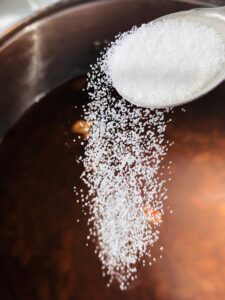
My method does call for preboiling the beans. I know a lot of people skip this step, but I think that it’s really important for ensuring that your delicious beans don’t cause a gassy stomach ache in their wake. Also, there is a myth floating around that you shouldn’t salt your beans until they are cooked through. Please, please, please salt your beans while they are cooking: the depth of flavor is so much better than if you cook them without salt. It’s acidic ingredients, like tomatoes that, if added too soon, will cause the beans to stay firm. But don’t take just my word for it: here’s a helpful scientific article that explains all about it.
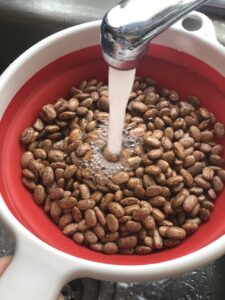
So, ready to cook up a big batch of beans? Beans are such an amazing, versatile food, and extremely economical. They freeze up great if you have some left over that you are not using in a recipe right away. This recipe for Creamy Chili is a fantastic way to use home cooked beans.
Cara’s No-Fail Instant Pot Beans
Ingredients:
Preparation time: Approximately 2 hours 30 minutes, including 1 hour soaking time, and about 1 hour and 20 minutes cooking and natural pressure release cooling time.
1 16 oz bag dried beans, any variety, sorted and rinsed
Water
2 teaspoons salt
Directions:
Place sorted and rinsed beans in an Instant Pot, or other electric pressure cooker, and cover with 8 cups of water. Using the cooker’s saute function, bring the beans to a rapid boil then turn the pot off completely. Cover with lid but do not seal. Let sit for one hour.
When soaking time is complete, strain the beans using a colander, then return beans to the pot. Cover with 10 cups fresh water and add the salt. Place the lid securely on the cooker, making sure that the vent is in the sealed position. Set the cooker to High for 20 minutes, making sure that the Keep Warm function is set to “off”. Once the cooker has reached pressure, the time will begin to count down. (Refer to your owner’s manual for specific instructions if you are new to using your cooker).
When the cooking time is done, let the pressure release naturally. The lid on the cooker will remain locked until the pressure decreases to a safe level for opening. Again, please refer to the specific instructions for your cooker if you are not familiar with this process.
Once the pressure has released and you can open the cooker, your beans will be ready to use in any of your favorite recipes. The broth is delicious to be used in a soup or chili, or you can strain the beans to use in any number of other bean dishes.

P.S. What’s your favorite way to cook beans? Let me know in the comments below!




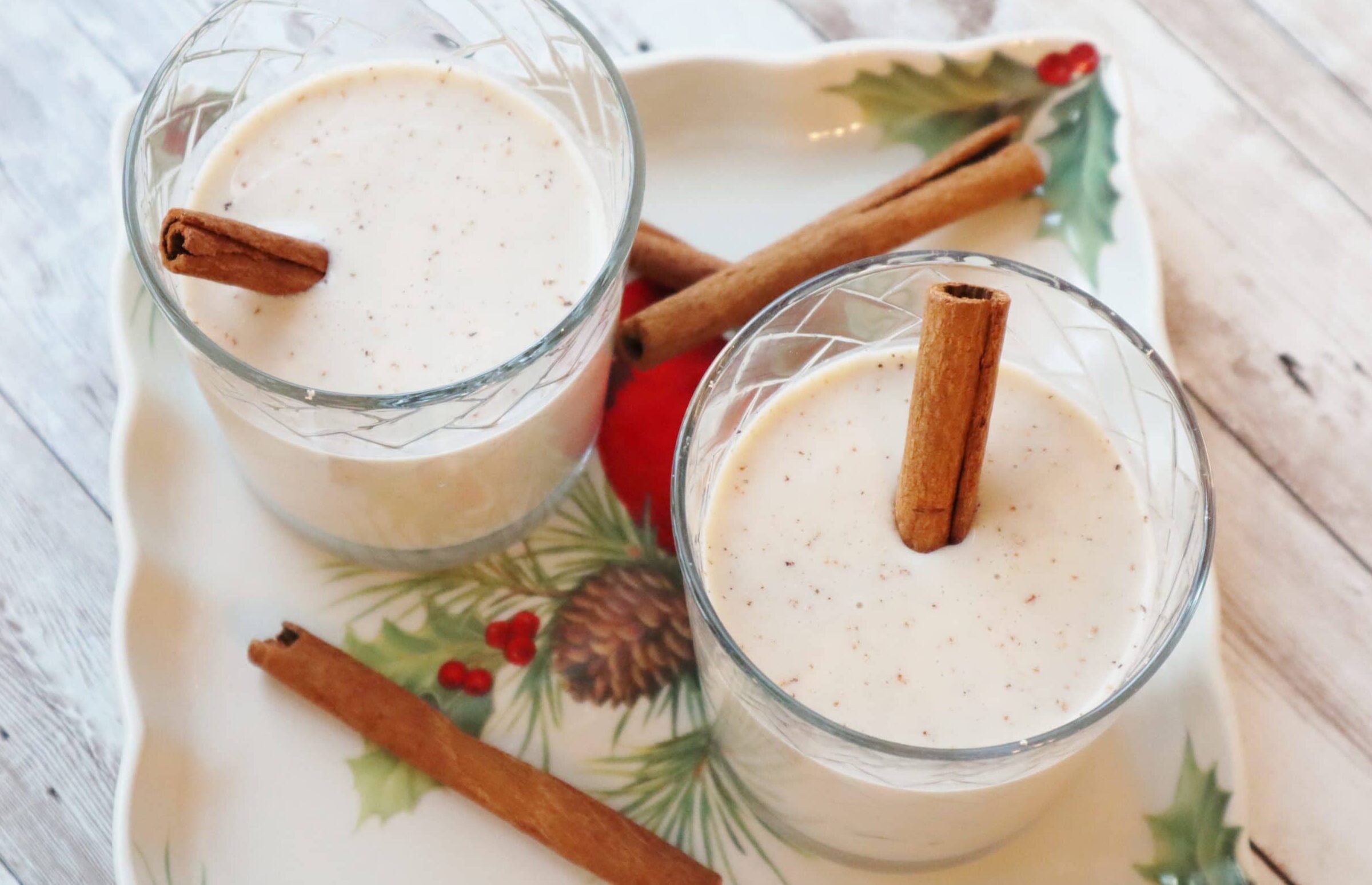

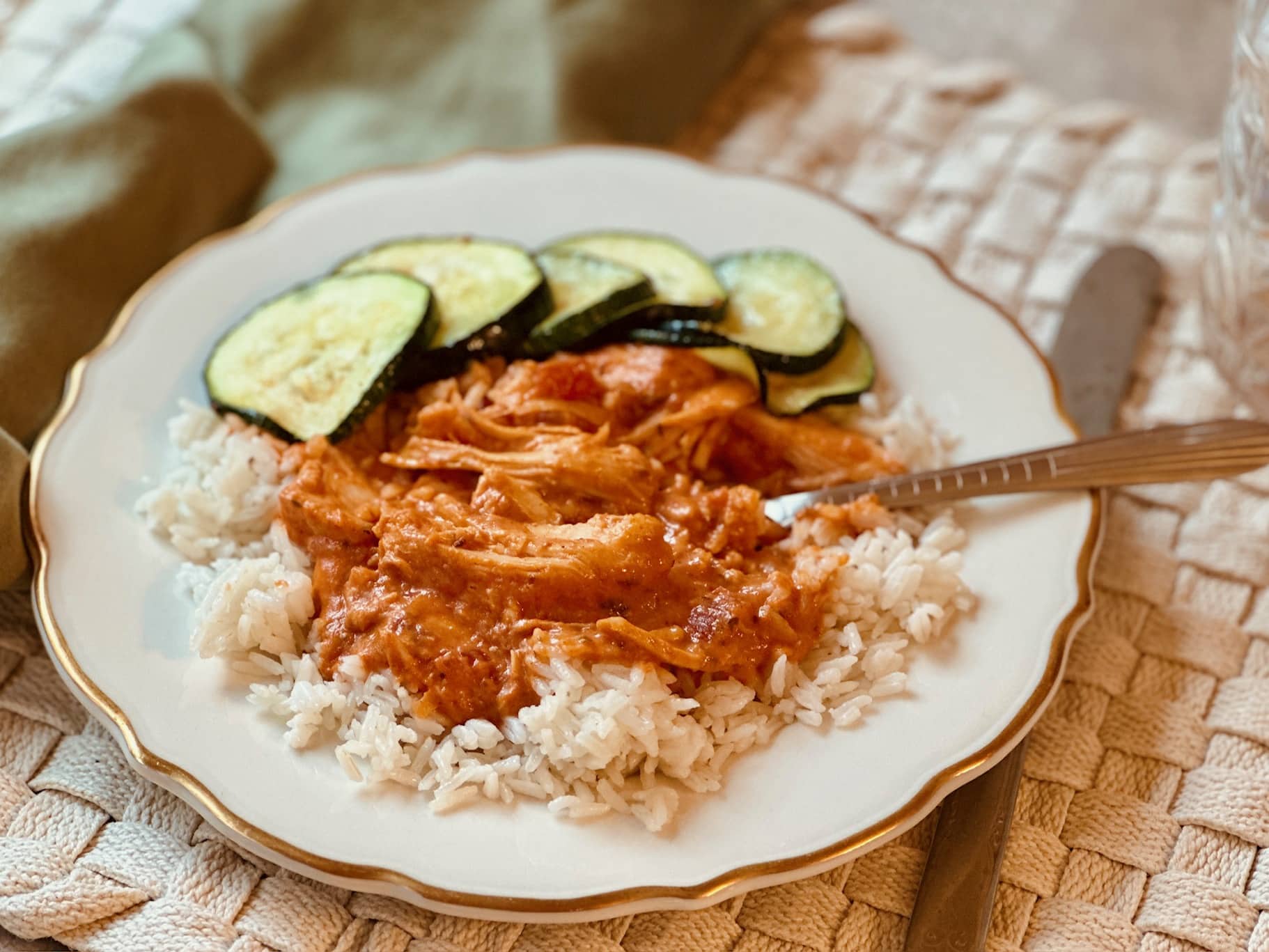
One Comment